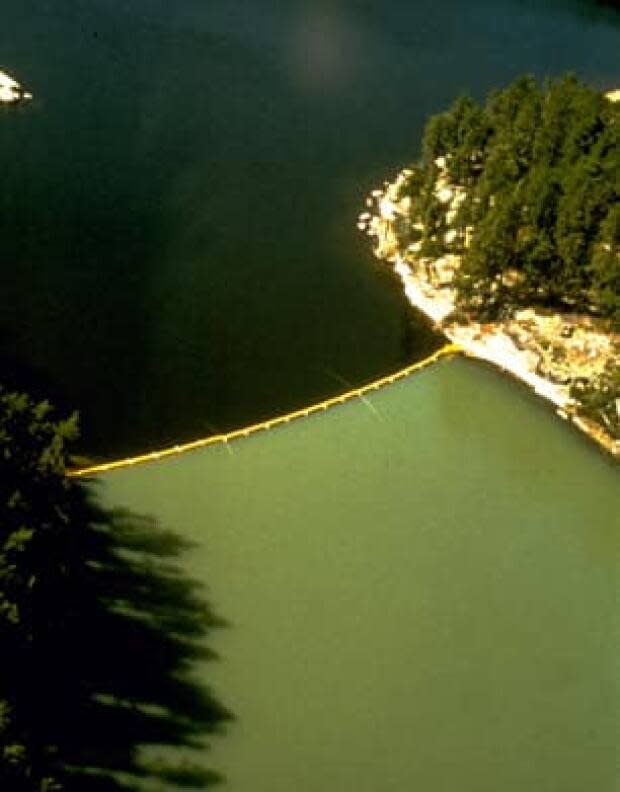'Canada's leading ecologist': David Schindler dead at 80

David Schindler, the trailblazing researcher widely regarded for his tireless defence of Canada's freshwater systems from industrial harm, is dead.
Schindler rose to prominence in the 1970s and early 80s with landmark experiments that sounded the alarm on acid rain and led the federal government to ban high-phosphorous laundry detergents.
His 2010 research into Alberta's oilsands pushed the government to establish independent oversight of the industry, after he showed it was contributing contaminants to the region's watershed.
A skilled public communicator, Schindler is a recipient of the Order of Canada and numerous scientific awards, including the inaugural Stockholm Water Prize.
"Dave was Canada's leading ecologist," said friend and colleague Mark Boyce, a professor of ecology at the University of Alberta. "If there was a Nobel Prize for ecology, he would've won it."
Schindler lived in Brisco, B.C., with his wife Suzanne Bayley. He died Thursday at 80.
Tributes began to flood social media on Thursday night, with colleagues and admirers crediting Schindler with spurring the creation of many of Canada's water protections.
Born in North Dakota, Schindler joined the University of Alberta in 1989 as Killam Memorial Chair and Professor of Ecology. Before his appointment, he headed the Experimental Lakes Area project in Ontario, which provided evidence of the role of phosphorous in fish-killing algae blooms.
An aerial photo of the project, which juxtaposed the clear and algae-clouded sides of Lake 226, was credited by Arizona State University biologist James Elser as the "the single most powerful image in the history of liminology."

